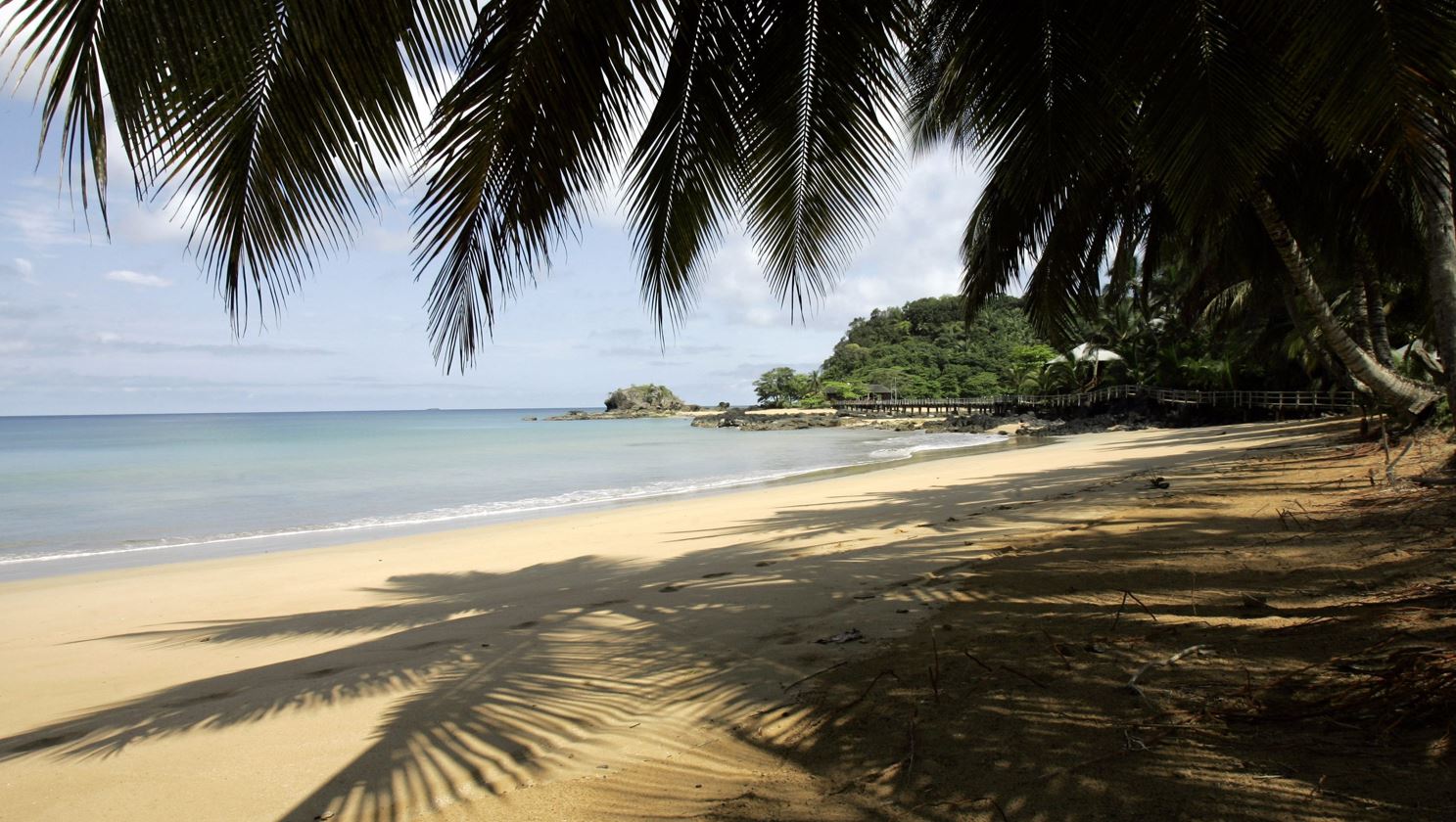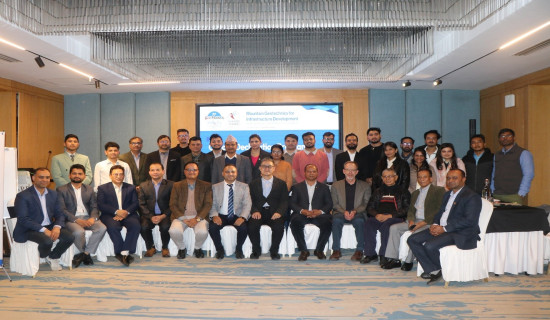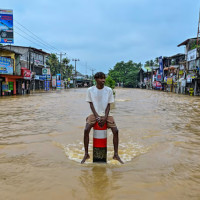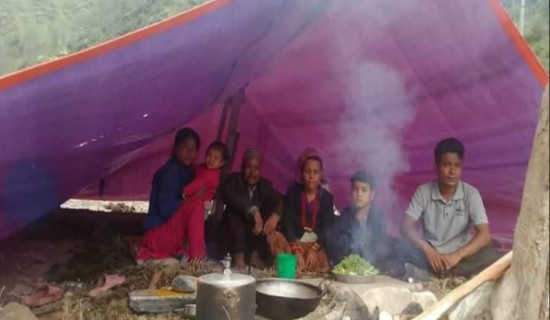- Monday, 1 December 2025
UNESCO names 26 new biosphere reserves
New York, Sept. 29: An Indonesian archipelago that's home to three-fourths of Earth's coral species, a stretch of Icelandic coast with 70% of the country's plant life and an area along Angola's Atlantic coast featuring savannahs, forests and estuaries are among 26 new UNESCO-designated biosphere reserves.
The United Nations cultural agency says the reserves — 785 sites in 142 countries, designated since 1971 — are home to some of the planet's richest and most fragile ecosystems. But biosphere reserves encompass more than strictly protected nature reserves; they're expanded to include areas where people live and work, and the designation requires that scientists, residents and government officials work together to balance conservation and research with local economic and cultural needs.
"The concept of biosphere reserves is that biodiversity conservation is a pillar of socioeconomic development" and can contribute to the economy, said António Abreu, head of the program, adding that conflict and misunderstanding can result if local communities are left out of decision-making and planning.
The new reserves, in 21 countries, were announced Saturday in Hangzhou, China, where the program adopted a 10-year strategic action plan that includes studying the effects of climate change, Abreu said.
The new reserves include a 52,000-square-mile (135,000-square-kilometer) area in the Indonesian archipelago, Raja Ampat, home to over 75% of earth's coral species as well as rainforests and rare endangered sea turtles. The economy depends on fishing, aquaculture, small-scale agriculture and tourism, UNESCO said.
On Iceland's west coast, the Snæfellsnes Biosphere Reserve's landscape includes volcanic peaks, lava fields, wetlands, grasslands and the Snæfellsjökull glacier. The 1,460-square-kilometer (564 square-mile) reserve is an important sanctuary for seabirds, seals and over 70% of Iceland's plant life — including 330 species of wildflowers and ferns. Its population of more than 4,000 people relies on fishing, sheep farming and tourism.
And in Angola, the new Quiçama Biosphere Reserve, along 206 kilometers (128 miles) of Atlantic coast is a "sanctuary for biodiversity" within its savannahs, forests, flood plains, estuaries and islands, according to UNESCO. It's home to elephants, manatees, sea turtles and more than 200 bird species. Residents' livelihoods include livestock herding, farming, fishing, honey production.
Residents are important partners in protecting biodiversity within the reserves, and even have helped identify new species, said Abreu, the program's leader. Meanwhile, scientists also are helping to restore ecosystems to benefit the local economy, he said.
For example, in the Philippines, the coral reefs around Pangatalan Island were severely damaged because local fishermen used dynamite to find depleted fish populations. Scientists helped design a structure to help coral reefs regrow and taught fishermen to raise fish through aquaculture so the reefs could recover.
"They have food and they have also fish to sell in the markets," said Abreu.
In the African nation of São Tomé and Príncipe, a biosphere reserve on Príncipe Island led to restoration of mangroves, which help buffer against storm surges and provide important habitat, Abreu said.
Ecotourism also has become an important industry, with biosphere trails and guided bird-watching tours. A new species of owl was identified there in recent years. (AP)

















